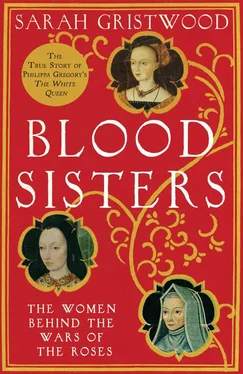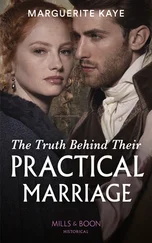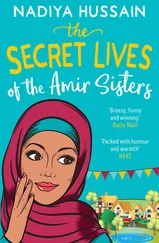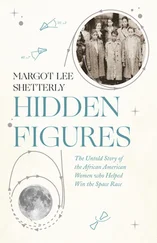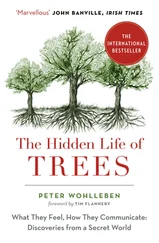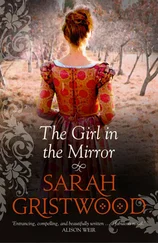There is no evidence from that time of rumours concerning Edward’s paternity. But in the years ahead there would be debate about the precise significance of his date of birth 11and where Richard of York had been nine months before it; about the hasty and modest ceremony at which he was christened; and about his adult appearance and physique, which were singularly different from Richard’s. It is true that Edward was christened in a private chapel in Rouen Castle, while his younger brother Edmund was christened in the far more public arena of Rouen Cathedral – but that may have meant no more than that Edward seemed sickly; all the likelier, of course, if he were premature. It is also true that Edward, the ‘Rose of Rouen’, was as tall and physically impressive as his grandson, Henry VIII, while Richard of York was dark and probably small. But perhaps Edward simply took after his mother, several of whose other children would be tall too. 12
York himself showed no sign of querying his son’s paternity; 13while the fact that he and the English government held lengthy negotiations concerning a match between Edward and a daughter of the French king hardly suggests suspicion about his status. This was not, moreover, the first time an allegation of bastardy had been levelled at a royal son born abroad – John of Gaunt, born in Ghent, had been called a changeling. In the years ahead Cecily’s relationship with her husband would give every sign of being close and strong. And then there is the question of the identity of her supposed lover – an archer called Blaybourne. For a woman as status-conscious as Cecily – the woman who would be called ‘proud Cis’ – that seems especially unlikely. There are certainly queries as to how the story spread. The Italian Dominic Mancini, 14visiting England years later at a time when it had once again become a matter of hot debate, said that Cecily herself started the rumour when angered by Edward. A continental chronicler has it relayed by Cecily’s son-in-law Charles of Burgundy. 15But sheer political expedience apart, time and time again it will be seen how slurs could be cast on women (four out of the seven central to this book) through claims of sexual immorality.
Certainly Cecily was still queening it in Rouen as Duchess of York when, in the spring of 1445, the young Marguerite of Anjou passed through the city on her way to England and marriage with Henry VI. It may have been here that the thirty-year-old woman and the fifteen-year-old girl struck up a measure of friendship that would survive their husbands’ future differences – one example among many of women’s alliances across the York/Lancaster divide. But at this point Marguerite’s role was far the grander, even if beset with difficulty.
Конец ознакомительного фрагмента.
Текст предоставлен ООО «ЛитРес».
Прочитайте эту книгу целиком, купив полную легальную версию на ЛитРес.
Безопасно оплатить книгу можно банковской картой Visa, MasterCard, Maestro, со счета мобильного телефона, с платежного терминала, в салоне МТС или Связной, через PayPal, WebMoney, Яндекс.Деньги, QIWI Кошелек, бонусными картами или другим удобным Вам способом.
